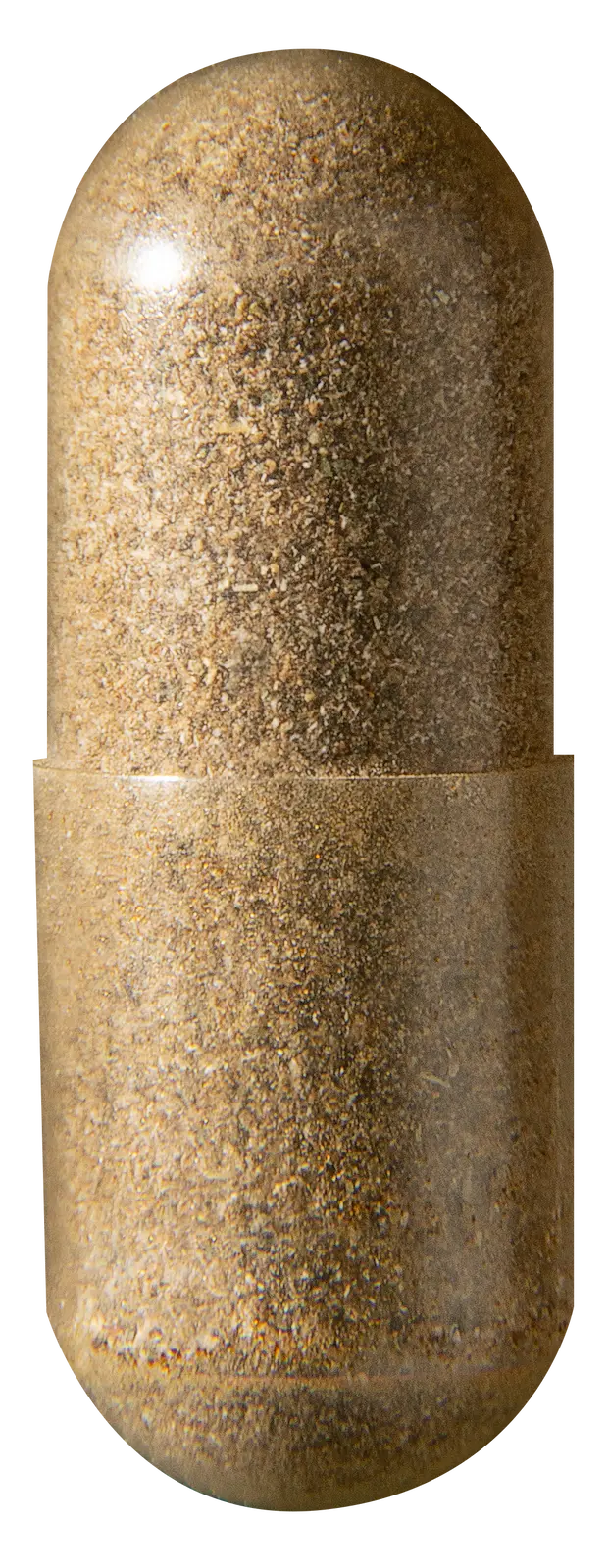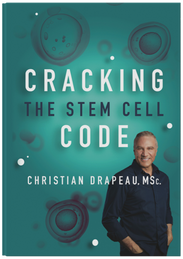Beauty is only skin deep, as the old saying goes. Still, the skin is crucial, and beyond beauty performs a host of important functions. Keeping our skin in good condition may seem vain, but research shows that younger skin plays an important role in overall health too. Could stem cells be the key to healing faster and staying healthy?
Introduction
The skin is the largest organ in our body. It is a marvel that performs a range of vital functions, without which we would simply perish. Sweat glands keep us cool when it is hot and small muscles make our hairs stand on end to warm us in the cold. It is tough enough to defend us against the outside world, from bacteria and other invaders. At the same time, it is soft and supple enough for us to freely move around. It senses temperature, touch, pain, and pleasure.
It is also one of the best indicators of our age and general state of well-being.
To keep performing all the work that it does, our skin must continually renew itself. When we are younger, this is a more efficient process. In fact, in the first half of pregnancy, a fetus can heal from significant wounds without leaving a single trace of a scar. Though as we age, our skin becomes thinner. Gradually, the skin’s ability to regenerate and restore itself is lost, leaving scars and wrinkles.
Why? As we age, skin thickness, strength and function can no longer be sustained by stem cells. Scientists are fascinated by stem cells because of their ability to self-renew, replicate, and transform into different tissues and organs, skin included.
So, could stem cell treatment be the key to restoring the condition of our skin?
Let’s look at what the latest research tells us.
Stem cells and stem cell mobilizers in the skin
Pluripotent stem cells are a special type of stem cell. The name pluripotent roughly translates from Latin as ‘many abilities or powers’ because they can transform into many types of tissue. They migrate to areas in need of repair or restoration. Younger people have more of these cells and their number shrinks as we get older. This is part of why we age.
Pluripotent stem cells can be found in the skin in the form of mesenchymal stem cells (MSC) and are able to regenerate skin, hairs, pigment cells and even muscle and nerve fibers. When the skin is injured or damaged, chemical messengers responsible for MSC mobilization are released. The messengers work in tandem with stem cells by guiding them to where they are most needed.
Wound healing with stem cells
Research has shown that pluripotent stem cells contribute to faster healing of wounds and burns. In one study on mice, researchers found mice injected with MSCs healed their wounds faster.

Another piece of research showed that stem cells called c-kit-+ cells also help with wound healing and in older people, or those with conditions such as diabetes, these are fewer in number and work less efficiently.
Wound healing with stem cell mobilizers
Levels of chemical messengers increase after injury or surgery to mobilize stem cells and accelerate wound healing.
In a pre-clinical study of burn healing, researchers used a special chemical messenger called G-CSF on rats with third-degree burns. Rats who were injected with G-CSF had four times the number of mobilized stem cells in their blood. G-CSF was also linked to a higher regeneration of collagen and levels of fibroblasts, cells responsible for the creation of new connective tissue.
Just a couple of years before, a similar study had shown that illness and age decrease G-CSF levels leading to delayed wound healing. These researchers also found that injecting G-CSF around the wound increased healing and markers of wound healing.
So, all of this evidence suggests that chemical messengers and stem cells could be used to treat burns, wounds and ulcers. Intriguingly, the levels of pluripotent stem cells and chemical messengers were lower in older or sick test subjects. This begs the question, can restoring those levels reverse the tide of time?
Stem cells for anti-aging?
Could stem cells go beyond healing to rejuvenate the skin and keep it looking young? Researchers think so. They believe that processes of wound repair and aging are closely linked.
They have identified a special stem cell called lgr6+. These can be found when we are still just an embryo, a bundle of cells that haven’t yet formed a fetus. This makes them one of the very basic building blocks of our body and could hold the key to eternal youth, on the outside at least.

Lgr6+ cells are activated by special proteins called defensins. Just like G-CSF, defensins have been shown to help heal wounds, decrease inflammation, and regrow hair through stem cell mobilization.
Here’s where it gets interesting though, several trials on humans found that people who used skin products containing defensins experienced wrinkle reduction, decreased skin oil production and reduced signs of aging on the face and neck. It was even found to increase skin thickness.
Stemregen – the smarter choice
A skincare routine with defensin products can end up costing thousands of dollars and they have yet to be completely proven in large-scale studies. G-CSF, while safe in humans, is not a suitable treatment for anti-aging and is associated with a whole host of unpleasant side effects.

The natural plants and plant extracts in Stemregen have been shown to support the release of stem cells from the bone marrow, significantly increasing the number in circulation faster than G- CSF or defensins.
Natural stem cell mobilizers
Plants contain naturally occurring compounds known to increase the levels of stem cells in the blood. These include the Sea Buckthorn berry, which has been shown to increase the numbers of a range of stem cells, including boosting the levels of pluripotent MSCs in circulation. In this study, the researchers found that the effect was significant after just one hour and increased at two hours.
Stem cells can also be boosted with an extract made from Aphanizomenon flos-aquae (AFA). AFA is a species of blue-green algae known to be rich in nutrients and demonstrated to have a host of beneficial health effects. AFA contains a compound known to bind to a molecule called L-Selectin, which plays a role in stem cell mobilization. In one study, AFA increased circulating stem cells by up to 333%.
Aloe macroclada is another naturally occurring stem cell booster and is thought to be even stronger than AFA. Used for thousands of years as a natural medicine in Madagascar, a modern study confirmed that this aloe increased the number of circulating stem cells by 53% getting to work within one hour. It is suggested that this aloe could even help regenerate insulin-producing cells and bring restorative power that may help aging or injured skin.
The lowdown on stem cells for anti-aging
Research shows that stem cells and chemical messengers work together to support skin repair after injury and surgery. Injury and aging are similar processes and that aging of the skin is partly due to stem cells losing the ability to regenerate as we get older.
This research suggests that the naturally occurring stem cell boosters found in Stemregen could not only keep our skin looking younger but help it to heal better too.





